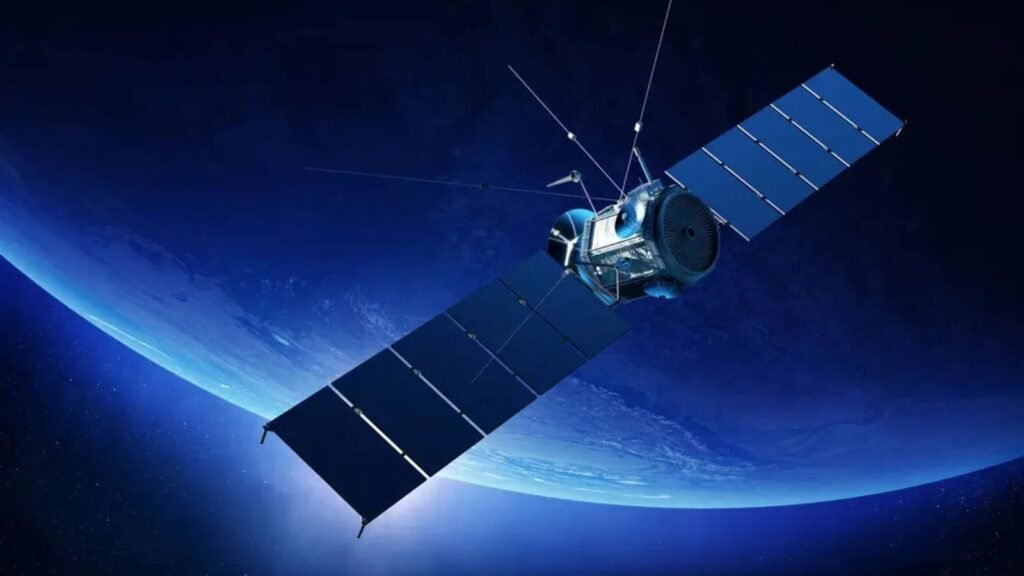With high-resolution satellite imagery proving to be indispensable in evolving battlefield situations, the government is learnt to have reached out to multiple global commercial earth-observation satellite players for sourcing it.
ARTICLE CONTINUES BELOW VIDEO
The initiation of talks with these satellite imagery providers comes in the wake of Operation Sindoor in May, where it has been inferred that China provided live inputs through satellite support to Pakistan. Senior Army officials have since said that when the DGMO-level talks were on, Pakistan flagged information about “specific vectors” on the Indian side that were being primed and readied for action, likely from satellite inputs facilities by China.
“We are in talks with commercial satellite imagery providers. We have to deepen our surveillance measures,” an official told The Indian Express.
The objective of these discussions is to extend the surveillance envelope and be able to do real-time surveillance at the time of conflicts for more efficient military actions, officials said.
The move likely includes Maxar Technologies, which operates some of the world’s most advanced Earth observation satellites that can capture images with 30-centimetre resolution, detailed enough to discern targets such as infrastructure, buildings, artillery gun systems and even vehicles.
When contacted by The Indian Express, Maxar’s spokesperson said they “don’t comment on contract negotiations”.
While India’s satellites, including the Cartosat and RISAT, have played a big role in helping defence forces to strategise, track enemy mobilisation and confirm strike impact, while maintaining real-time situational awareness which prevented any major damage to the country’s military assets, these domestic satellites face some limitations in their capabilities.
The Cartosat-3 satellite was designed to offer resolution of up to 30-centimetre, but is claimed to provide good quality imagery at about 50 centimetres. Also, Cartosat-3 operates alone, which limits how frequently it can scan the same area, something that is crucial during fast-paced military engagements where the battlefield is limited to a specific sector. Visibility is crucial, which the Pakistanis are believed to have with Chinese inputs.
Story continues below this ad
Behind the move
India’s satellites, including the Cartosat and RISAT, have played a big role in helping defence forces to strategise and maintain real-time situational awareness, but there are some limitations in their capabilities. The move to rope in global players is aimed at plugging these gaps.
India is already working on upgrading its satellite capabilities and has fast-tracked deployment of 52 surveillance satellites under the SBS (Space Based Surveillance)-III programme after Operation Sindoor, to enable efficient and enhanced monitoring of land and sea borders, with stronger imaging and all-weather functionalities. “They will start launching the satellites from next year onwards and the deployment of all satellites will be completed by 2029,” the official said.
In October last year, the Union Cabinet approved $3.2 billion for the SBS-III programme to develop next-generation satellites over the next decade. Under the programme, ISRO will manufacture and launch the first 21 satellites, while private companies will handle the remaining 31. The Defence Space Agency will oversee the operation of the newly launched satellite system.
© The Indian Express Pvt Ltd



